The other day I saw posted on a group a shredder made from different species of wood, one of them being sorb. As I didn't know anything about this species I started looking for information about sorb tree and sorb wood. And that's where the adventure begins. The information was so contradictory that I couldn't understand anything. In one source the sorb wood varied from yellowish white (sapwood) to reddish brown (heartwood), in another it was reddish white, similar to cherry wood and with no difference between sapwood and heartwood. In one part the wood could be used for fire, in the other it was not recommended because it burns badly. Eventually I understood that there are many species of sorb and of them, two are more used in terms of wood: Sorbus torminalis and Sorbus aucuparia. As I spent some time reading about these species I thought you might be interested in learning more about them. So, here's what I found out.
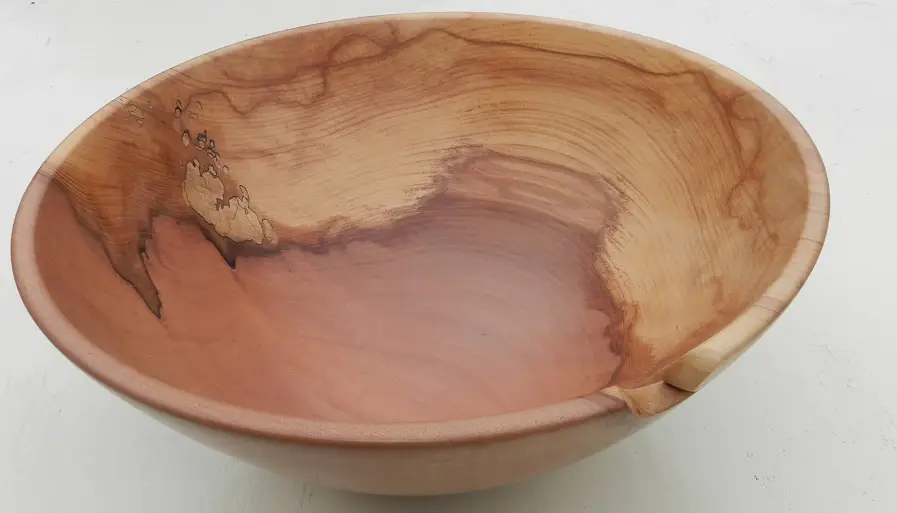
Lots of trees and shrubs with various properties
The genus Sorbus in the family Rosaceae comprises more than 250 trees and shrubs found in western, northern and central Europe, south-east Asia and north Africa. The greatest diversity of Sorbus in Europe is in the UK. Sorbus species are often cultivated for ornamental purposes because of the beautifully coloured fruit. They are not only ornamental being consumed worldwide raw or made into jams, juices and drinks. The plants have also been used throughout history as remedies in folk medicine. The fruits, leaves and sometimes the bark are used to treat disorders of the respiratory and gastrointestinal systems, rheumatism, cancer and diabetes.
The decorative flowers and fruits of sorb have caused some shrubs to be acclimatized in America. They are quite hardy to cold temperatures or drought and are therefore used in parks and gardens as ornamental trees. The fruit of the cultivated trees are larger than wild ones, but retain the same healing qualities.
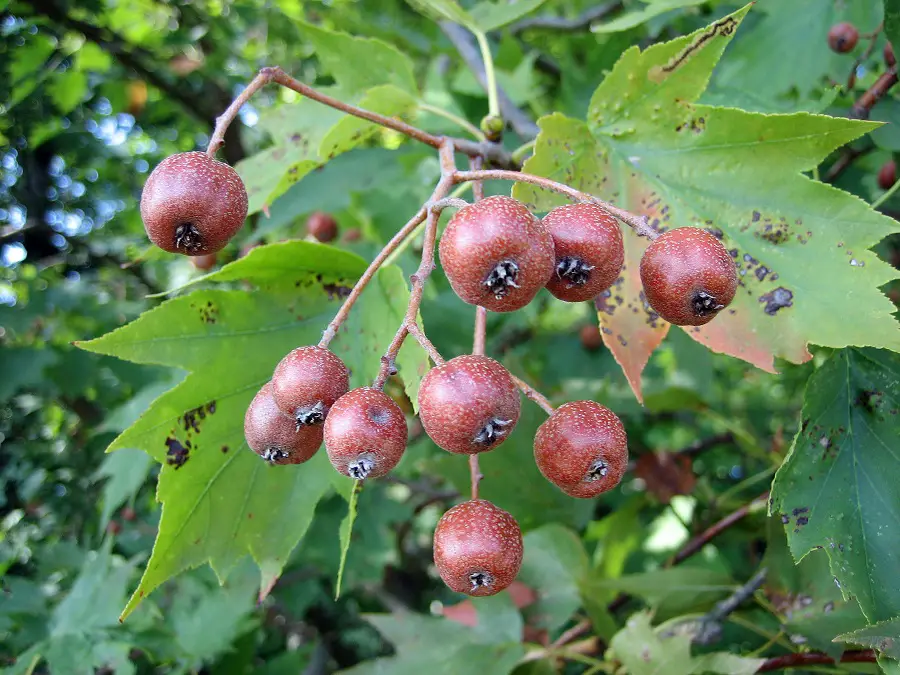
Sorbus aucuparia or mountain scorus, in Romanian
But it's not the only name we find it under. Sorbus aucuparia is also bird's-foot trefoil, bird's sorrel, dogwood or cranberry. It is found in Europe, Asia Minor, northern China and Africa. Grows as a small tree or shrub. It generally grows up to 15 m tall, with a diameter of 40 cm and lives about 80 years. In Europe the tallest such tree is in England at 28 m and the oldest in Germany at 100 years. Some peoples believe it has magical powers, and you can detect hidden treasures with a twig. The Celts called it the sorcerer's tree and believed it protected them against spirits.
It is an adaptable species that grows in open fields and is considered a pioneer species, on the edge of forests or roads. It tolerates spring frost, dry weather, wind, snow pressure and air pollution (hence their use in parks). The seeds germinate easily, and the plants grow in the most diverse places: rocks, rocks, fallen trees. They are often used to bind the soil, preventing landslides.
Wood is hard, strong and elastic, flexible, but without resistance to rotting and therefore not recommended for outdoor use. In section you can clearly see the difference between sapwood and heartwood, sapwood being yellowish white, sometimes slightly reddish, and heartwood light brown, slightly reddish to dark brown. The fibre is fine and velvety and the pores small and diffuse. The very high hardness makes it quite difficult to process by grinding tools. Despite its hardness it is not a hard wood (density 600-700 kg/m³, dry wood) and has a tendency to crack.
In the past it was used to make wheels because it is very resistant to friction. Now it is used to make tool handles, turning handles, furniture and other objects. It is appreciated by carpenters for its fine grain, colour contrast, hardness and great strength. Its high mineral content means it does not burn very well.
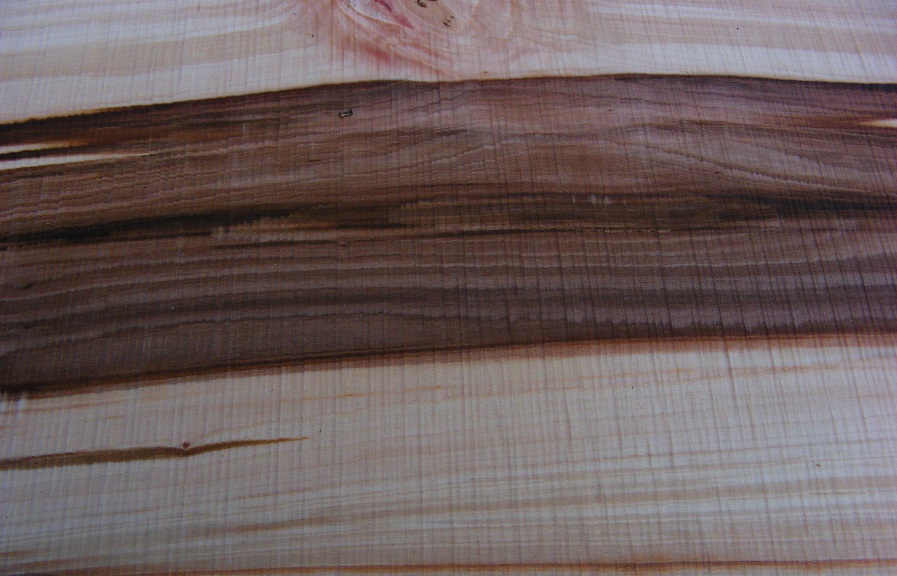
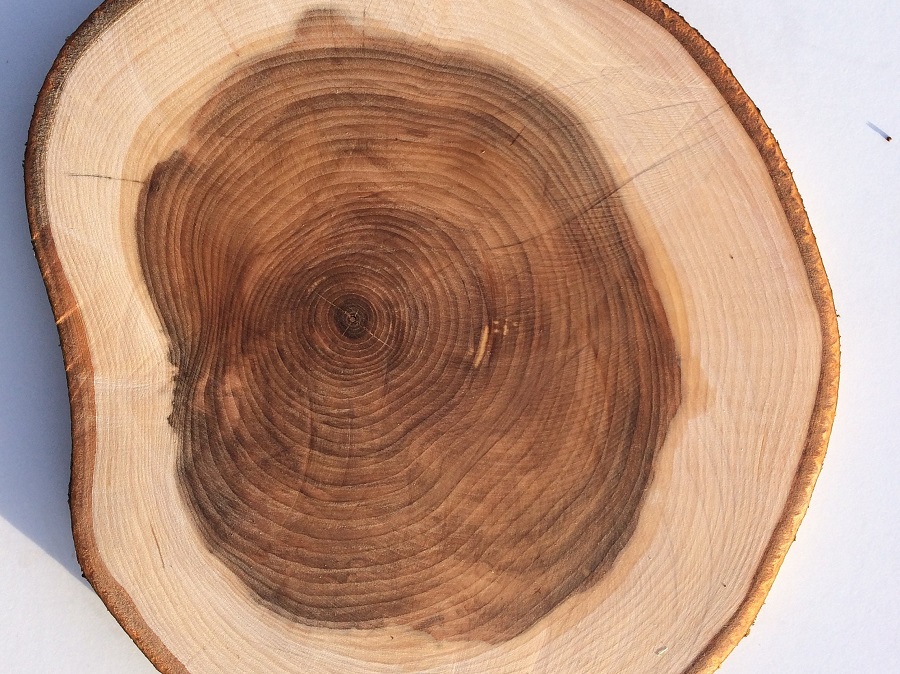
Sorbus torminalis sometimes also called sorbus torminalis
It is a wild tree that grows in the forests of oak without becoming the dominant species. Here, however, swathes of such trees can form, unlike in the fag where they are scraped. They don't like resinous. It is found in southern, western and central Europe, in Asia Minor and northern Africa. It tolerates low temperatures, spring frosts and 1-2 months of drought in summer. It is found in lowland and subcarpathian areas, rarely on steep slopes.
It grows up to 15-25 m tall, 60-90 cm in diameter and lives 150-200 years. The white, clustered flowers and fruit are similar to those of the scorus and start to appear when the tree reaches 15-20 years old. The trunk is cherry-like, with smooth bark until about 20 years old, after which it thickens and forms ridges.
The main difference between the two species is the colour of the wood. While in scorus there is a clear difference between sapwood and heartwood, here it is not visible, the colour of the wood varies from reddish yellow to light reddish brown and is similar to that of pear wood. The texture is fine, cherry-like. But the wood is hard, strong, resilient and durable, one of the most prized in Europe. It is stable and has a low tendency to crack. The wood becomes even more special and valuable when it comes from older trees.
In the past, sorb was used to make grape tubs, vine and hop ploughs, arrows, billiard cues, gun beds, stringed musical instruments and turned items. It is still highly prized by carpenters, who use it to make special objects. It is now mostly used for aesthetic veneers.
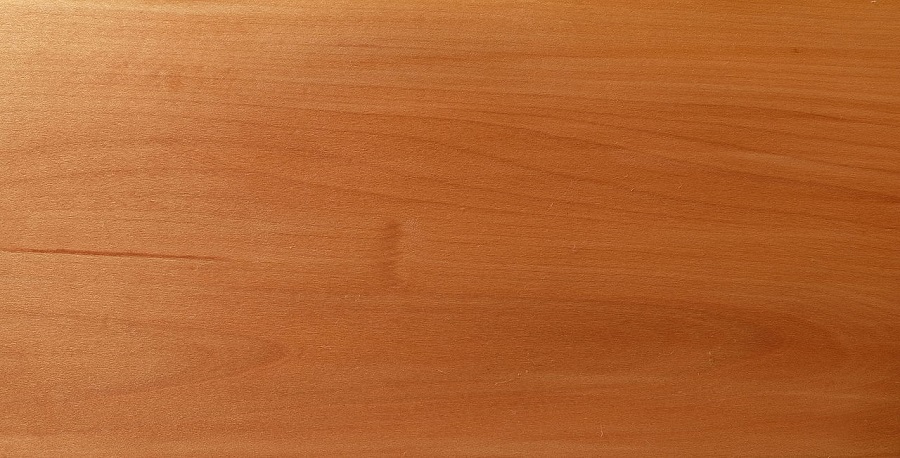
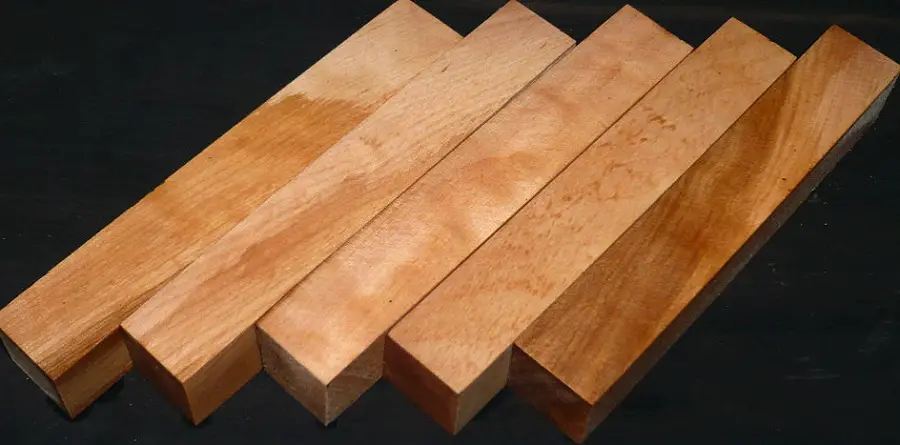
I hope you find the information useful. I promise to complete the material as I find new information. I also ask you to contribute to the complete picture of the two species by adding your information below.

























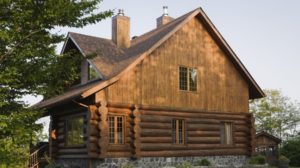
[...] burning a lot of very good quality wood. From such a source he now has cherry, sorb and white poplar wood in storage, wood that should have already been burned in [...]